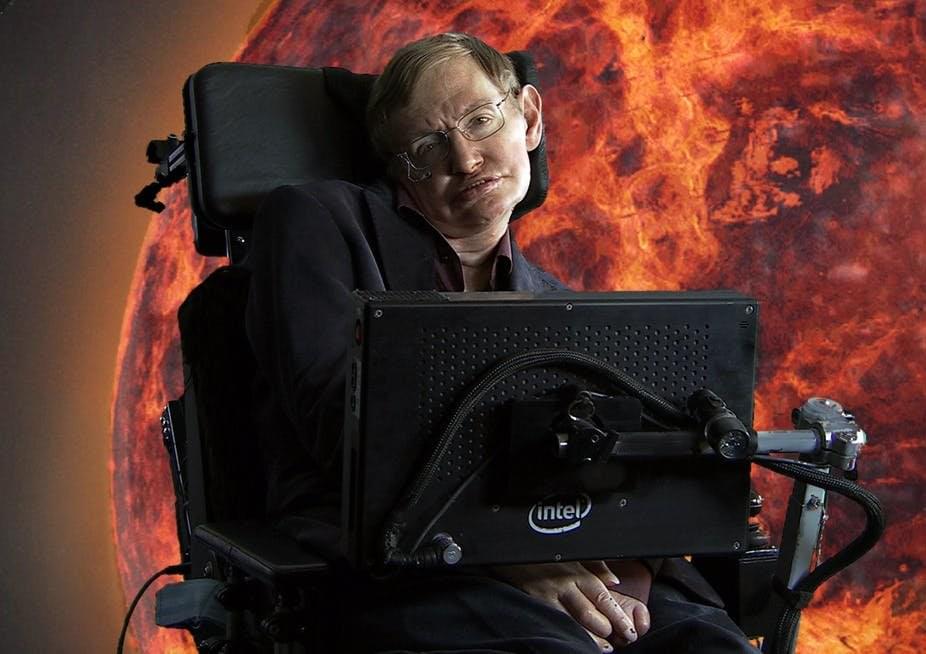Rumour has it that Albert Einstein spent his last few hours on Earth scribbling something on a piece of paper in a last attempt to formulate a theory of everything. Some 60 years later, another legendary figure in theoretical physics, Stephen Hawking, may have passed away with similar thoughts. We know Hawking thought something called “M-theory” is our best bet for a complete theory of the universe. But what is it?
Since the formulation of Einstein’s theory of general relativity in 1915, every theoretical physicist has been dreaming of reconciling our understanding of the infinitely small world of atoms and particles with that of the infinitely large scale of the cosmos. While the latter is effectively described by Einstein’s equations, the former is predicted with extraordinary accuracy by the so-called Standard Model of fundamental interactions.
Our current understanding is that the interaction between physical objects is described by four fundamental forces. Two of them – gravity and electromagnetism – are relevant for us on a macroscopic level, we deal with them in our everyday life. The other two, dubbed strong and weak interactions, act on a very small scale and become relevant only when dealing with subatomic processes.
